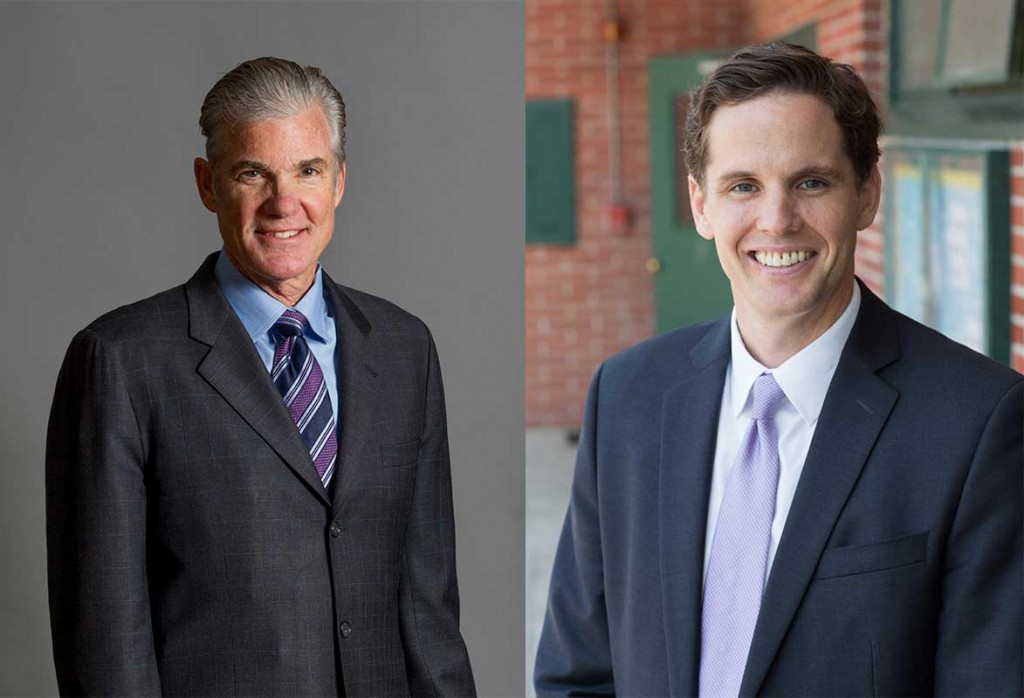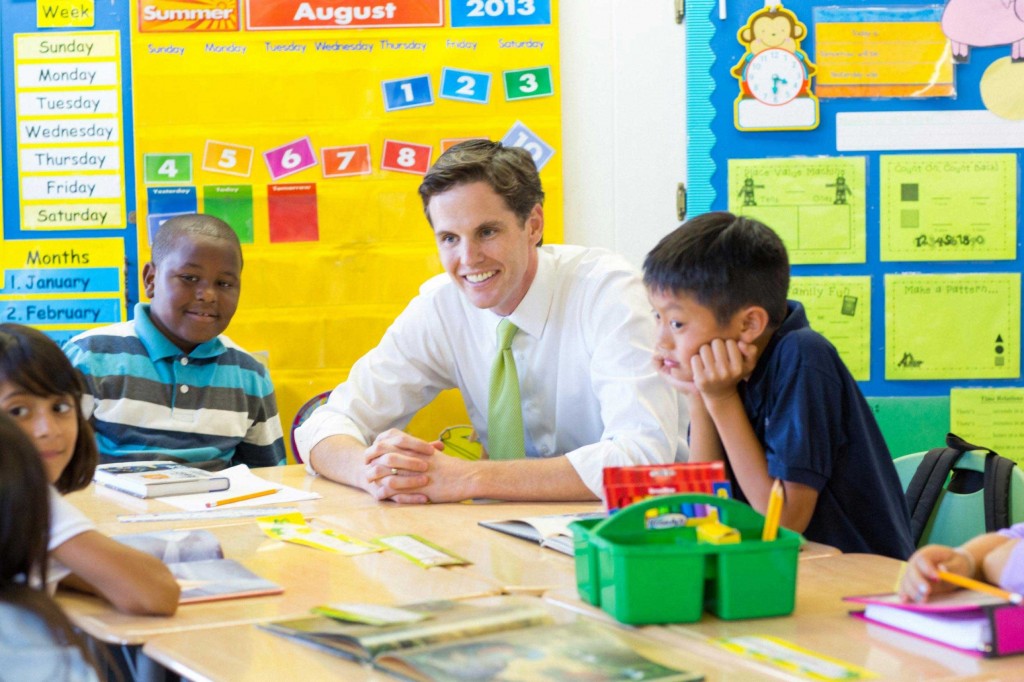
San Francisco’s School Board – heavy with officials eager to preserve traditional teaching models – is watching anxiously as education reformer Marshall Tuck threatens to unseat State Superintendent Tom Torlakson in today’s election for the state’s top education job.
The battle for the Superintendent of Public Instruction has emerged as a political tug-of-war between the teachers’ union and charter advocates in California. An Oct. 30 Field Poll showed candidates tied with 28 percent of the vote each, but with 40 percent of voters still undecided.
Tuck has served as a traditional public school teacher, but also led a group of charter schools in Los Angeles. An outspoken charter advocate, he supports freedom to implement experimental curriculum in public schools.
Tuck favors a concept called blending learning, in which students learn some of the curriculum directly from online material with the support of teachers and teaching aides. Tuck says he saw benefits of blended learning during his tenure at Green Dot charter schools. His campaign platform, “Marshall’s Plan,” includes a section dedicated to technology in the classroom.
“I saw firsthand how teachers excelled when they had access to exciting new tools to improve their teaching,” he writes in his plan. “By supplementing traditional teaching with high-quality educational software, teachers were able to offer curriculum and instruction tailored to each student.”

San Francisco’s school board members remain skeptical about such experimental learning platforms.
Rachel Norton, vice president of San Francisco’s Board of Education, says that on the whole, “less systemic” teaching structures have not been any more successful than traditional models and said blended learning would lead to higher student-to-teacher ratios.
Jill Wynns, who has served on San Francisco’s Board since 1992, worries blended learning advocates see online curriculum as a substitute for traditional teaching instruction. She believes students’ direct interaction with teachers is fundamental to learning.
“All the high-tech people – they actually believe that everything in the world can be…more effective if we just learn how to do it in a more technological [way],” Wynns said in an interview. “But it’s proving…to be a little more difficult in the education area because of that human interaction. How do you learn?”
Dan Schwartz, a professor in the Department of Education at Stanford University, specializes in the use of technology in learning. He says technology is often misused as a status symbol, rather than as an instructional tool and that technology could never fully supplant traditional teachers.
“The blended learning part…it’s not going to do the emotional social development that’s so important,” Schwartz said.

While Tuck supports investment in infrastructure and software necessary to implement blended learning, Wynns takes issue with using public school resources to fund experimental learning platforms.
“If we get Tuck as [Superintendent],” she says. “It will be a big win for those intent on destroying the public school system.”
Charlie Buffalino, manger of growth and policy at Rocketship Education, a San Jose-based charter that uses a blended learning model, said using an online curriculum enables the school to pay teachers 20 to 30 percent more. Software helps teachers evaluate students’ command of material.
“Computers replacing teachers? That’s outrageous. We arm teachers with technology…to augment their work,” he said.
